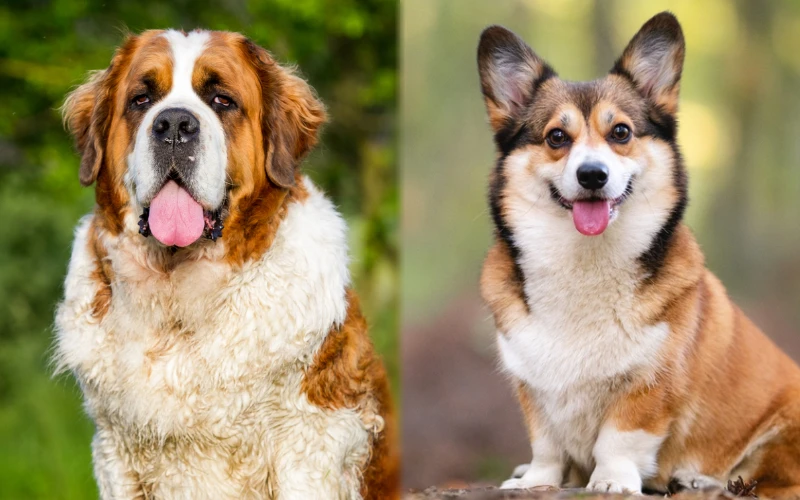Does Petting Reduce Stress in Dogs? Vet-Approved Facts

Updated on
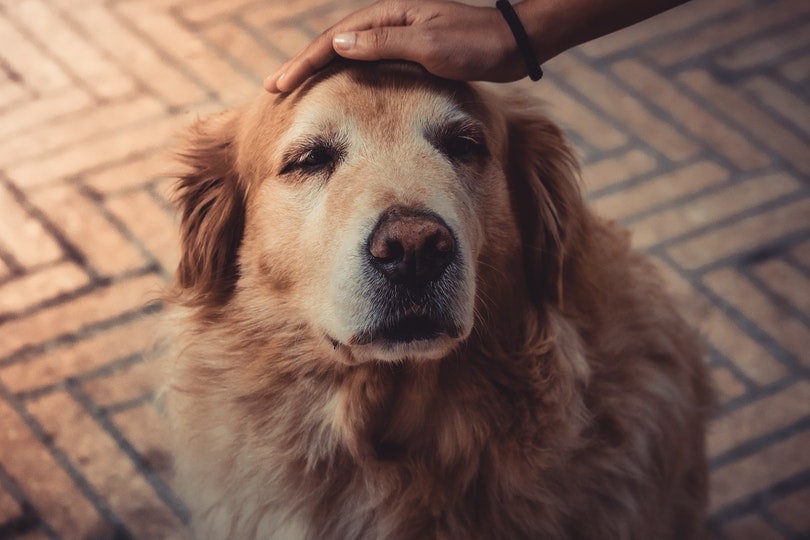
Dogs are social creatures, and they love interactions with their human caregivers. Stroking their fur in a gentle and loving manner is perceived as an act of affection. Many studies prove that interacting with pets can reduce stress levels in humans.
But does petting reduce stress in dogs? Yes, it does!
Numerous studies support that petting your pup for 10 minutes lowers cortisol, a stress hormone. The interaction also increases the release of oxytocin, a “feel good” hormone. A surge in oxytocin triggers a positive emotional state, lowering negative feelings of anxiety or stress, and strengthening their bond with you.
How Petting Benefits Your Dog
Petting your pup delivers incredible health benefits to you and your pet.1 It’s a two-way street that provides both of you with a fantastic antidote to everyday stresses. Here are how petting sessions affect your pup emotionally.
1. Provides Stress Relief
Positive interactions between a dog and their owners triggers a release of many feel-good hormones. These include dopamine, oxytocin, serotonin, and endorphin – which are sometimes referred to as D.O.S.E.
All these hormones are associated with a positive emotional state. Oxytocin in particular is highly involved during social bonding sessions and is responsible for the attachment between you and your furry friend.2
Stroking your dog is an incredibly effective stress buster for you and your pet. That warm glow on your pup’s face when you start rubbing their neck and shoulders also lowers the stress hormone cortisol. The drop in cortisol and increase in oxytocin during the petting session is so significant that it shows up in the body’s chemistry!
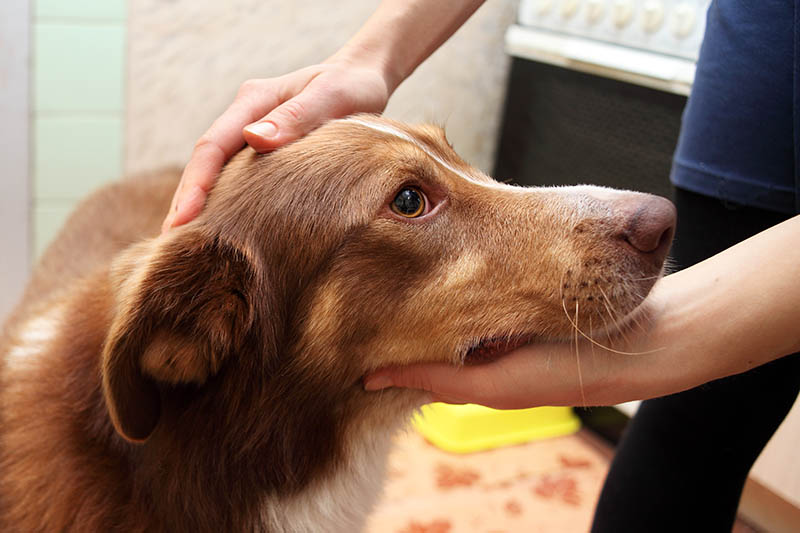
2. Enhances Their Mental Well-Being
From a canine’s perspective, petting is not just about the touch itself but also about the emotional bond it creates and enhances. While your pup feels good when you rub the base of their ears and the sides of their face, this is not as important as the emotional interaction initiated when petting.
For dogs, emotional interactions have an immense impact on their mental well-being.
Petting your pup and having an emotional interaction with them has the equivalent psychophysiological impact as you spending time with someone you are emotionally attached to. The petting session triggers the release of numerous neurochemicals associated with positive feelings, love, and bonding.
3. Helps Them Calm Down
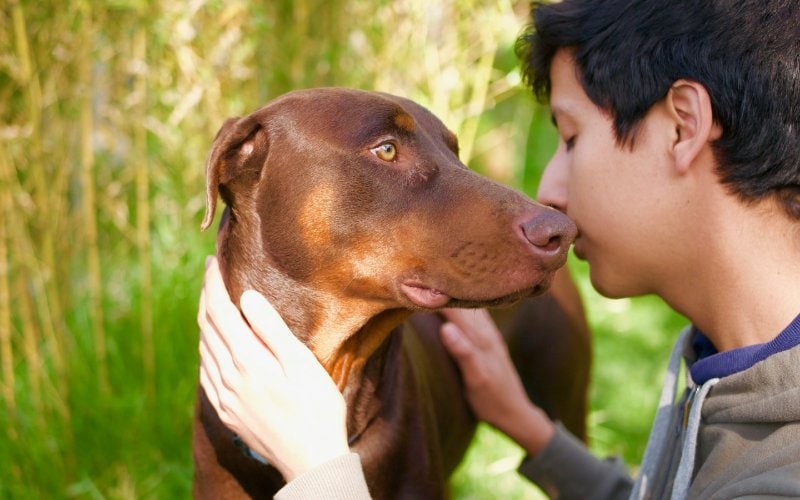
4. Strengthens Their Bond With You
Dogs associate petting with positive emotions like praise, love, and comfort. Petting reassures your pet that you still consider it a worthy member of your pack. This gives your pup a sense of belonging and an increased feeling of having a meaningful existence.
The show of affection is crucial to establishing a strong bond with your pup, as it enhances your pup’s overall happiness and alleviates symptoms of stress, boredom, anxiety, or depression.
How and Where Do Dogs Like Being Petted?
Dogs are very particular about how, when, and where they like being petted. The rule of thumb is to let your pup initiate the petting. A dog that wants to be petted will sniff you, lick your hand, give you a soft gaze, smile at you, and generally seem more relaxed. They could also show pleasure in your interactions by wagging their tail or nuzzling up against you.

Slowly and gently stroke your pet’s fur along the grain. Generally, dogs love a good round of petting on the following neutral areas:
- Chest
- Base of the neck
- Shoulders
- Side of their body
It is okay to pet in other areas if your dog allows you. Most pups will not mind a good petting at the base of their ears and the back of their neck. A dog that also wants a tummy rub will lie down on their back or roll over to expose their belly. When petting sensitive areas, always watch your dog’s body language; back away if they show signs of discomfort or resistance.
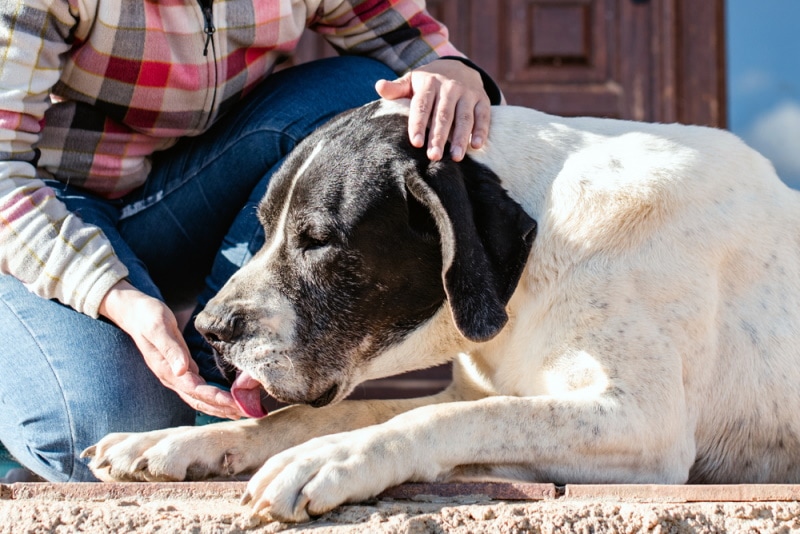
Are There Dogs That Don’t Like Being Petted?
Some dogs show a greater preference for petting than others. Breeds like Chihuahuas and Great Danes are essentially lap dogs that appreciate good petting from anyone in their inner circle. However, breeds like Malamute pups, Scottish Terriers and Cairn Terriers prefer having their personal space. Ultimately though, it often comes down to individual preference. If your dog doesn’t like petting, playing together is adequate to trigger the release of stress-relieving hormones and forming healthy connections with them. Some dogs may even prefer cuddles, sweet talk, and kisses over pets. As you bond with your pet, you will be able to figure out their idiosyncrasies and preferences.
Even dogs that love petting may not want to be touched by unfamiliar people. If you cannot resist petting an unfamiliar dog, approach them slowly with an open palm. Ask their owner or caretaker if it’s okay to pet them. Remember that petting is a distraction for dogs, and all dogs, especially service dogs shouldn’t be petted without permission. If the owner or caretaker approves, check if their dog calmly wags their tail and seems to approve your approach. Consent is important for dogs too! If the dog seems receptive to your attention, give him or her a gentle rub on the side of their face. Avoid making sudden movements that may cause panic or confusion.
 Frequently Asked Questions (FAQs)
Frequently Asked Questions (FAQs)
Why does my dog stare at me when I’m petting them?
A pup that stares straight into your eyes as you pet them expresses affection and adoration. Studies show that just like petting, mutual staring between a dog and their owner triggers a surge in oxytocin. The neurochemical is also released when a mother and her newborn baby stare into each other’s eyes.
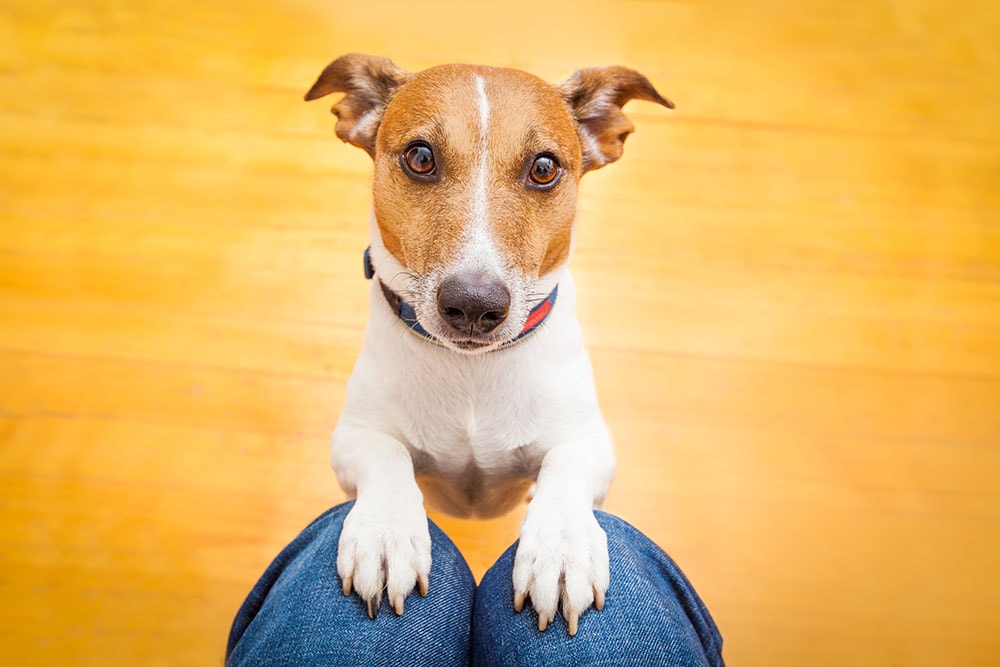
Is it okay to pet my dog while they sleep?
Does petting make a dog feel loved?
Yes. From a dog’s view, petting is a physical and emotional interaction. Stroking your pup in all the right places makes them feel happy, loved, and special. Your dog perceives the petting session as a show of affection. It also promotes health by signaling the brain to release neurochemicals and hormones which serve as powerful stress relievers, and strengthens their bond with you.
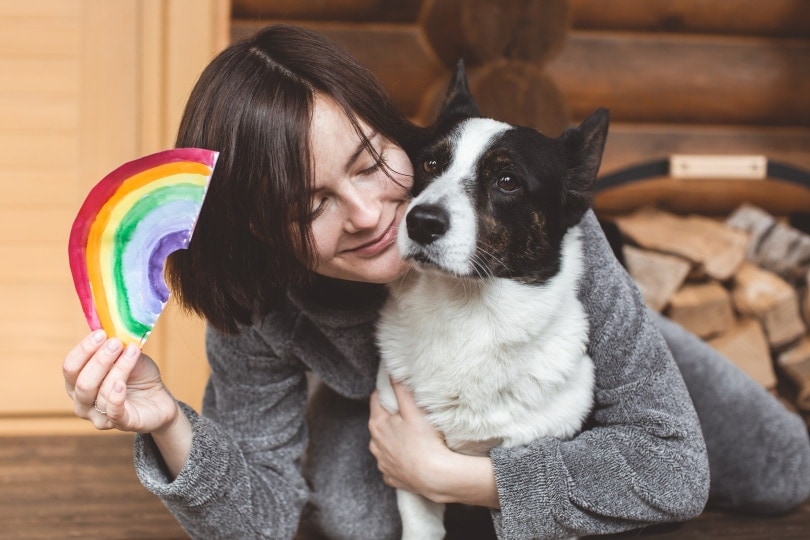
 Final Thoughts
Final Thoughts
Dogs and humans are both social creatures. The partnership between you and your furry buddy is mutually beneficial on multiple levels. During a petting session, you both experience a surge in hormones and neurotransmitters associated with positivity, improved health, mental well-being, and stress relief: oxytocin, serotonin, dopamine, and endorphins.
Petting your pup does more than just make them feel good; it triggers a surge in positive emotions and a drop in negative feelings like loneliness, fear, and anxiety. The blend of positive neurochemicals helps to relieve pain, alleviate stress, and give your furry buddy an improved sense of well-being.
Featured Image Credit: Jean Alves, Pexels





